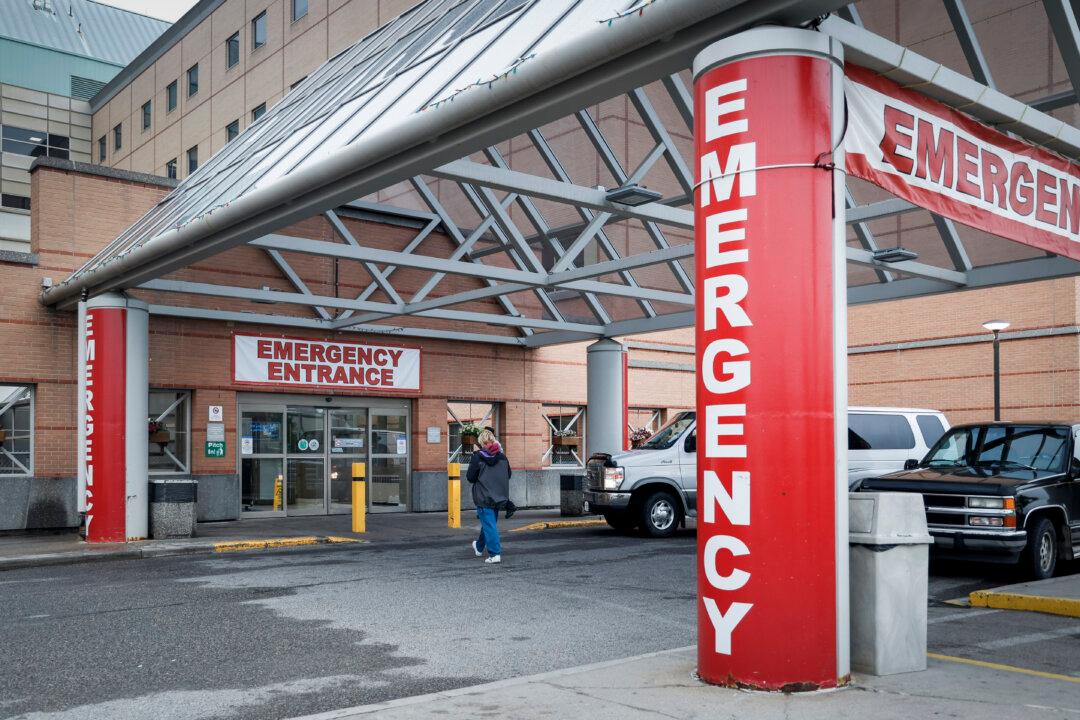The ballooning number of people dying while waiting for medical treatment is just one of the many symptoms of Canada’s current health-care crisis.
Surgical waitlist deaths have increased 64 percent nationwide since 2018, according to the think tank SecondStreet.org, which gathered health-care data through access-to-information requests.





